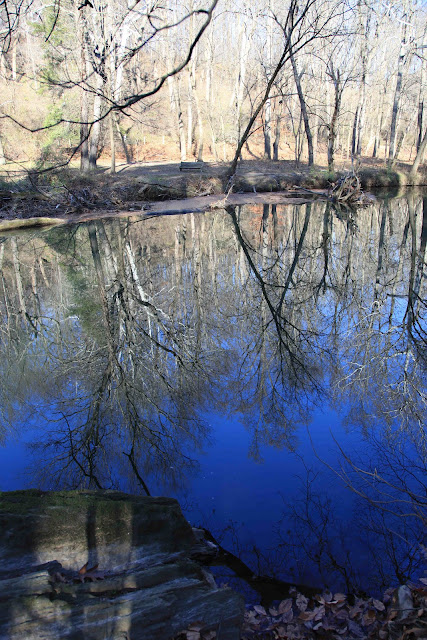Palaeontology has also started using light, in ways that I would never have guessed early in my career. We too are relying upon an interaction with light, but not with sunlight and plant chlorophyl, but with the surface of beautifully preserved fossils and more invisible parts of the electromagnetic spectrum.
Todays blog I thought I might bring-up the subject of a more familier part of the electromagnetic spectrum to many of us, X-rays. For many, their first interaction with X-rays is not a pleasant memory...as hospitals tend to come to mind, along with broken limbs! However, since September 2007 I have been getting used to another, more intense source of X-rays...those generated by synchrotron radiation. The synchrotron at which my group and I work is based at Stanford University (California) and is called the SLAC National Accelerator Laboratory.
 |
| SLAC from the air |
 |
| See Bergmann et al 2010 in PNAS for more gorgeous images! |
 |
| Synchrotron sheds light on 150 million year old feather biomolecules! |


No comments:
Post a Comment